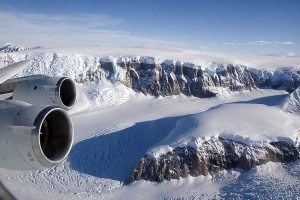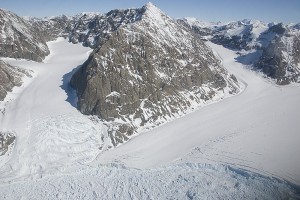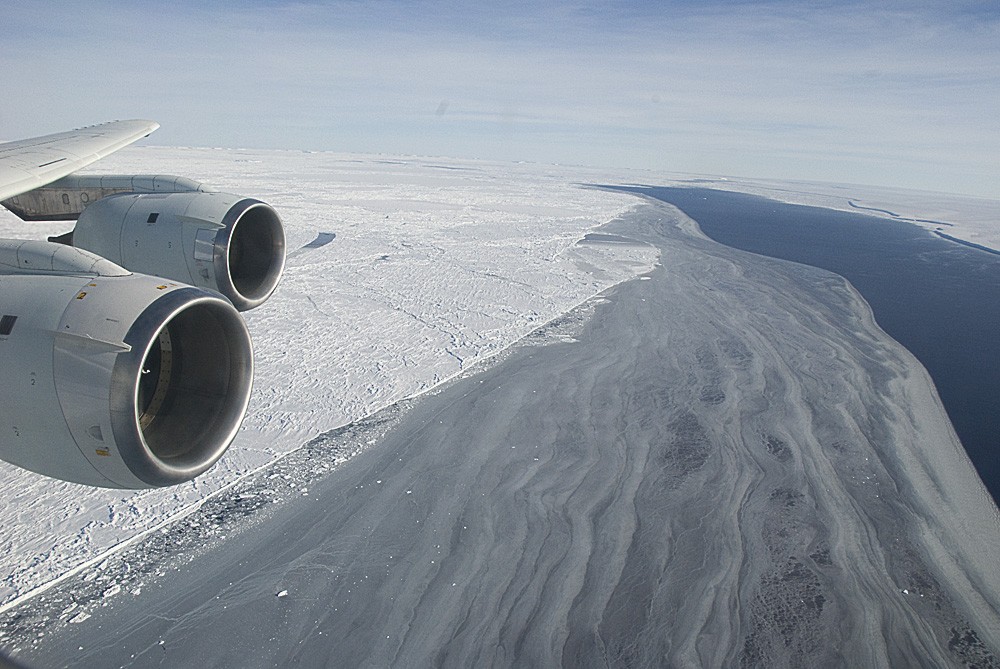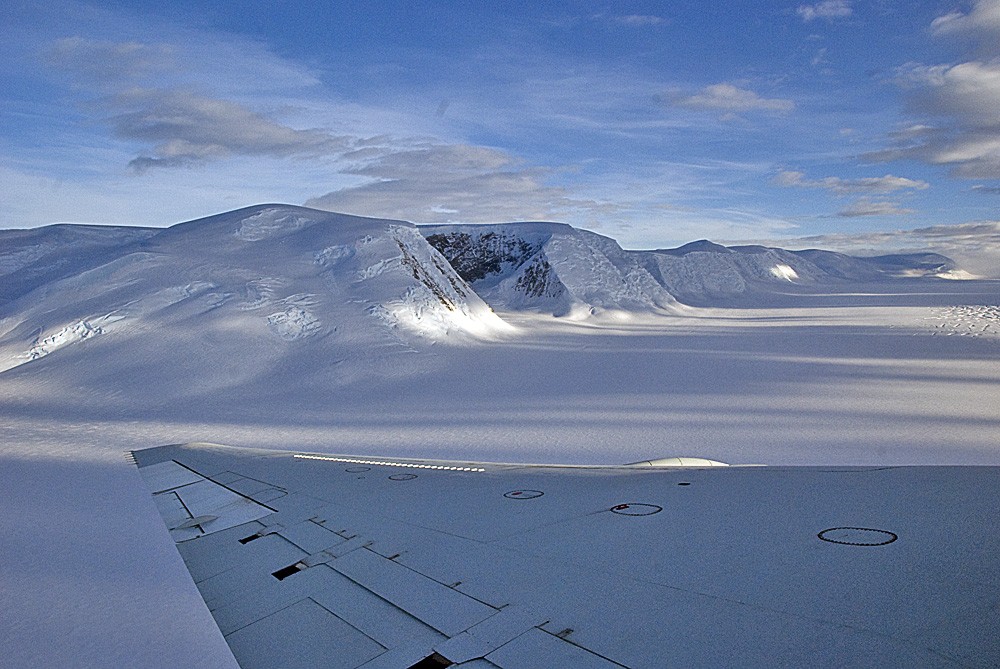A Breathtaking But Fragile Landscape
Michael Studinger, Instrument Co-Principal Investigator, Lamont-Doherty Earth Observatory: PUNTA ARENAS, Chile–The weather forecast for our survey over the Larsen C Ice Shelf looks good. Given the difficult weather over the past couple of days this is a welcome change. After studying satellite images and computer models and talking to the meteorologist at the Punta Arenas… read more
November 17, 2009




